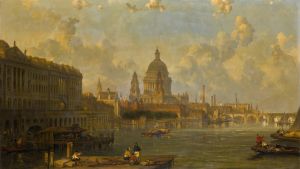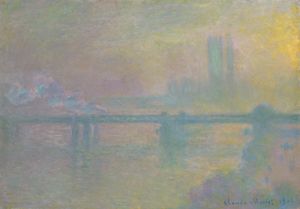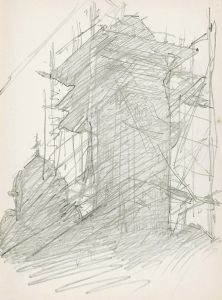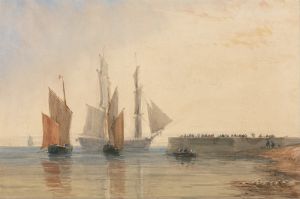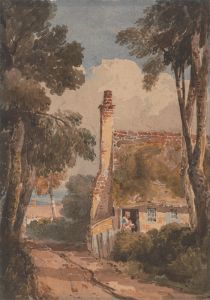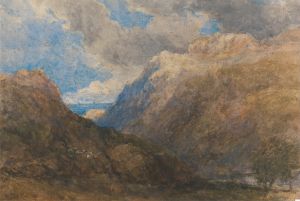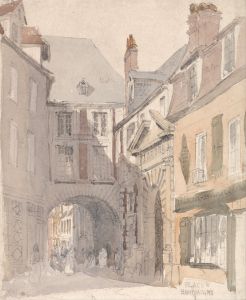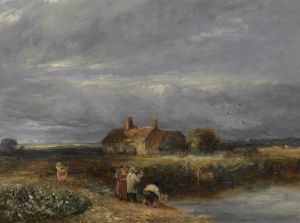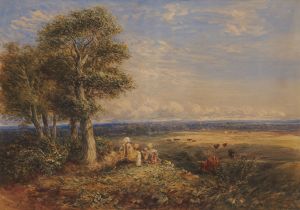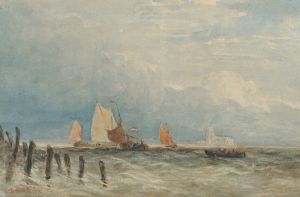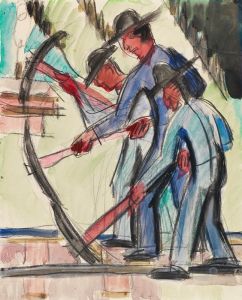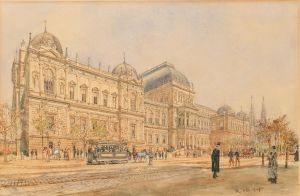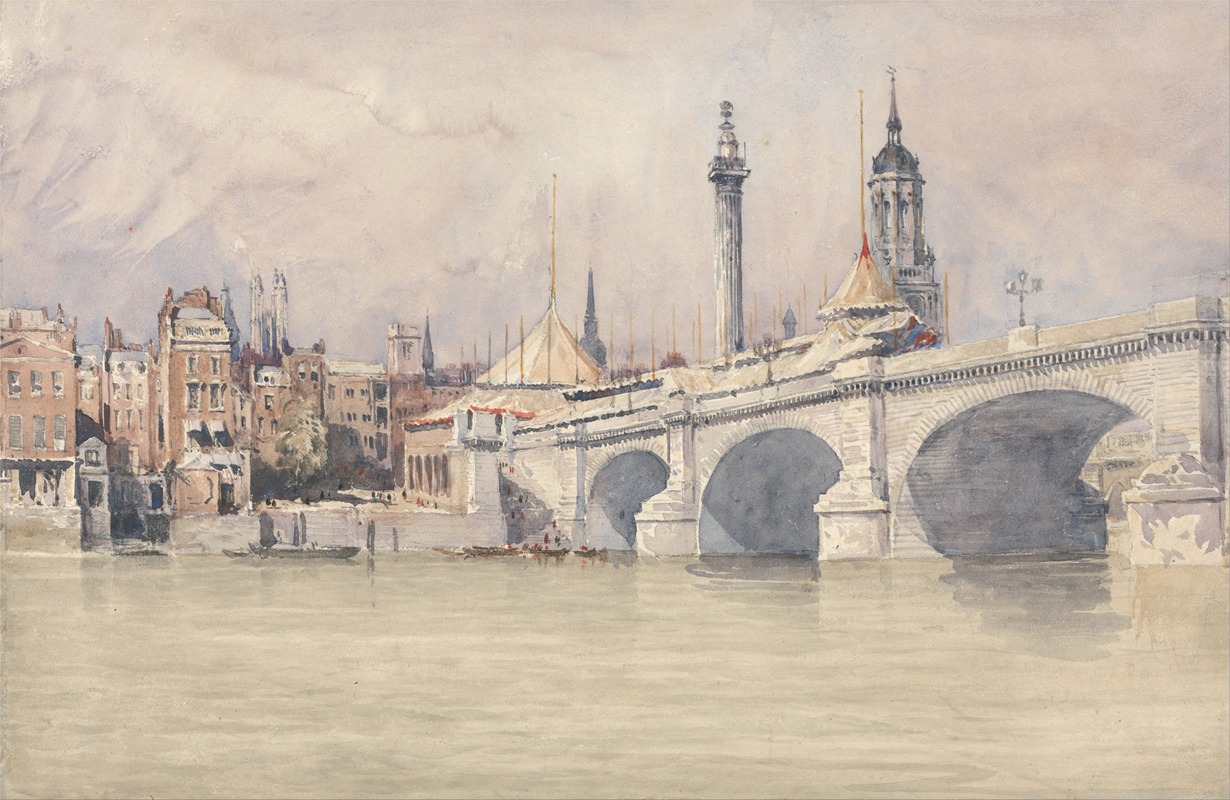
The Opening of the New London Bridge
A hand-painted replica of David Cox’s masterpiece The Opening of the New London Bridge, meticulously crafted by professional artists to capture the true essence of the original. Each piece is created with museum-quality canvas and rare mineral pigments, carefully painted by experienced artists with delicate brushstrokes and rich, layered colors to perfectly recreate the texture of the original artwork. Unlike machine-printed reproductions, this hand-painted version brings the painting to life, infused with the artist’s emotions and skill in every stroke. Whether for personal collection or home decoration, it instantly elevates the artistic atmosphere of any space.
David Cox's painting The Opening of the New London Bridge is a notable work by the British artist, created in 1831. The artwork captures the grand ceremonial opening of the New London Bridge, an event that took place on August 1, 1831. This bridge, designed by John Rennie and completed by his son, John Rennie the Younger, replaced the medieval London Bridge and was a significant architectural achievement of its time.
The painting is an example of Cox's skill in depicting atmospheric effects and lively scenes. Known primarily for his contributions to the English watercolor tradition, Cox also worked in oils, as is the case with this piece. The artwork portrays the Thames River bustling with activity, as numerous boats and ships gather to witness the inauguration of the bridge. The scene is filled with vibrant energy, reflecting the excitement and importance of the occasion. The composition emphasizes the scale and grandeur of the bridge, while also capturing the festive atmosphere of the event.
David Cox was a prominent figure in the British art world during the 19th century, recognized for his landscapes and mastery of light and weather effects. While he is best known for his watercolors, his oil paintings, including The Opening of the New London Bridge, demonstrate his versatility and ability to work across different mediums.
The New London Bridge itself was a marvel of engineering at the time. Constructed from granite, it featured five semi-elliptical arches and was designed to accommodate the increasing traffic demands of the growing city. The bridge stood as a symbol of progress and modernity in early 19th-century London. It remained in use until the 1960s, when it was dismantled and sold to an American entrepreneur, who reconstructed it in Lake Havasu City, Arizona.
Cox's painting serves as both a historical record and an artistic interpretation of this significant moment in London's history. It reflects the artist's keen observation and ability to convey the spirit of the time. Today, the painting is appreciated for its historical and artistic value, offering viewers a glimpse into a pivotal event in London's urban development.
Further details about the painting's current location or ownership are not widely documented.





